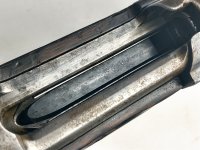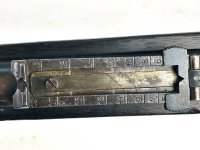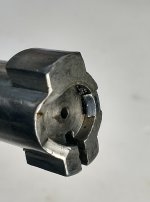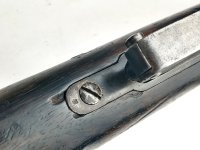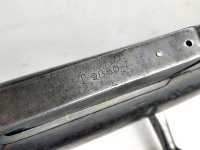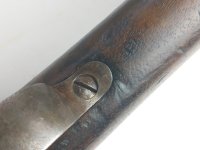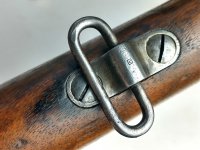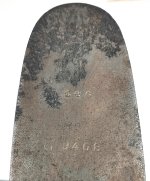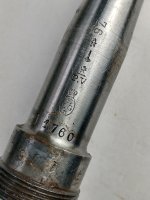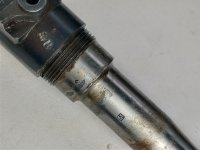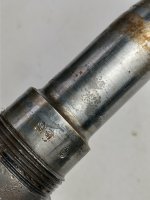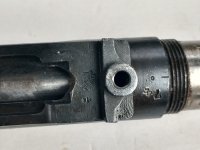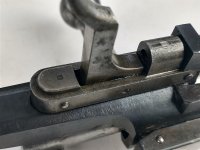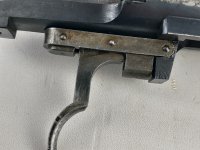Hi All,
I recently upgraded my converted Belgian 1889 and wanted to share some pics and background information.
Naturally, Belgian weapons were captured during the German occupation of Belgium and in subsequent battles with Belgian units. While many weapon were captured (and marked with a Deutches Reich property mark on the stock) some were converted to 7.92x57 and served in rear echelon German units. The conversions were possibly completed by Oskar Will/Venuswerke, though no documentation exists to prove this-- the theory is based upon prior Venuswerke conversions of the Chinese M1907s, Mosin Nagants and 88/14s.
As part of the process, the bolts, barrel collars and receivers were re-proofed, bearing a Spandau-style eagle. In addition, the right receiver was marked with German acceptance.
Since many of these rifles were assembled from parts, the Germans renumbered the bolt and barrel shroud to match. No other parts appear to have been force matched and in many cases, the rifles are Mixmasters aside from German renumbering.
Other modifications made included the milling of the receiver ring, bolt face and magazine to accommodate larger ammunition.
These conversions were often off battle hardened rifles that saw no refurbishment, so condition is generally pretty poor. After the war, remaining Belgian rifles were returned to Belgium, while any rifles brought back by Americans remained in the US.
It should also be noted that Belgian carbines were also captured and similarly modified by the Germans.
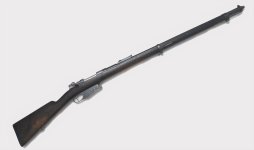
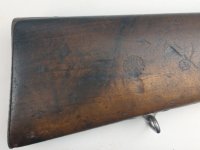
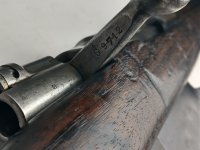
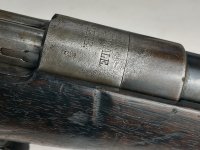
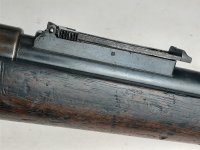
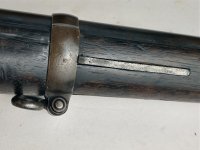
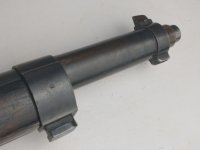
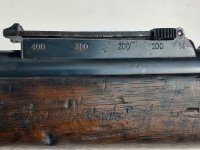
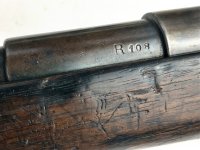
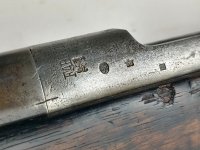
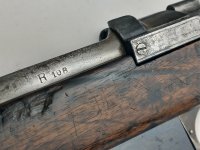
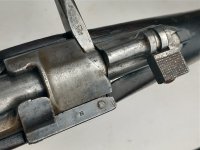
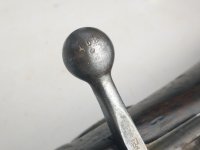
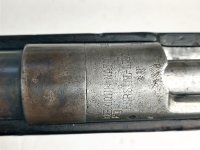
Source: Vanderlinden, Anthony (2016) FN Mauser Rifles. Wet Dog Publications.
I recently upgraded my converted Belgian 1889 and wanted to share some pics and background information.
Naturally, Belgian weapons were captured during the German occupation of Belgium and in subsequent battles with Belgian units. While many weapon were captured (and marked with a Deutches Reich property mark on the stock) some were converted to 7.92x57 and served in rear echelon German units. The conversions were possibly completed by Oskar Will/Venuswerke, though no documentation exists to prove this-- the theory is based upon prior Venuswerke conversions of the Chinese M1907s, Mosin Nagants and 88/14s.
As part of the process, the bolts, barrel collars and receivers were re-proofed, bearing a Spandau-style eagle. In addition, the right receiver was marked with German acceptance.
Since many of these rifles were assembled from parts, the Germans renumbered the bolt and barrel shroud to match. No other parts appear to have been force matched and in many cases, the rifles are Mixmasters aside from German renumbering.
Other modifications made included the milling of the receiver ring, bolt face and magazine to accommodate larger ammunition.
These conversions were often off battle hardened rifles that saw no refurbishment, so condition is generally pretty poor. After the war, remaining Belgian rifles were returned to Belgium, while any rifles brought back by Americans remained in the US.
It should also be noted that Belgian carbines were also captured and similarly modified by the Germans.














Source: Vanderlinden, Anthony (2016) FN Mauser Rifles. Wet Dog Publications.
Last edited:

